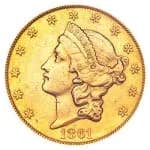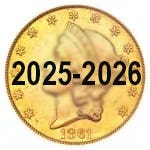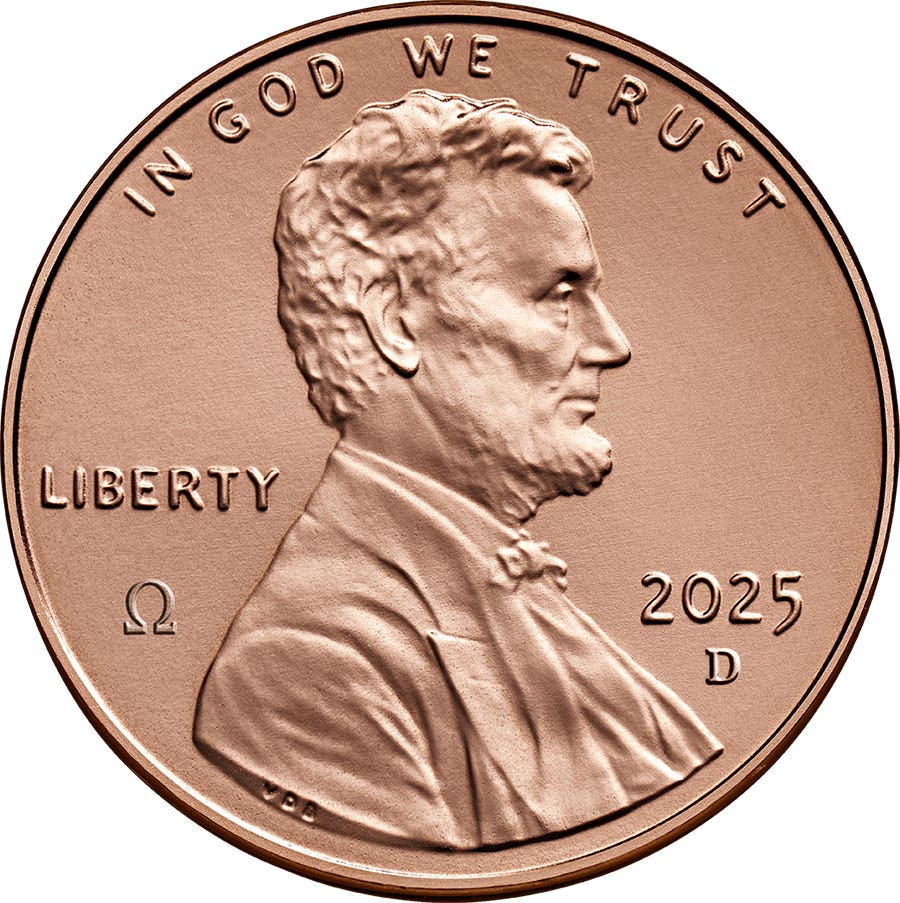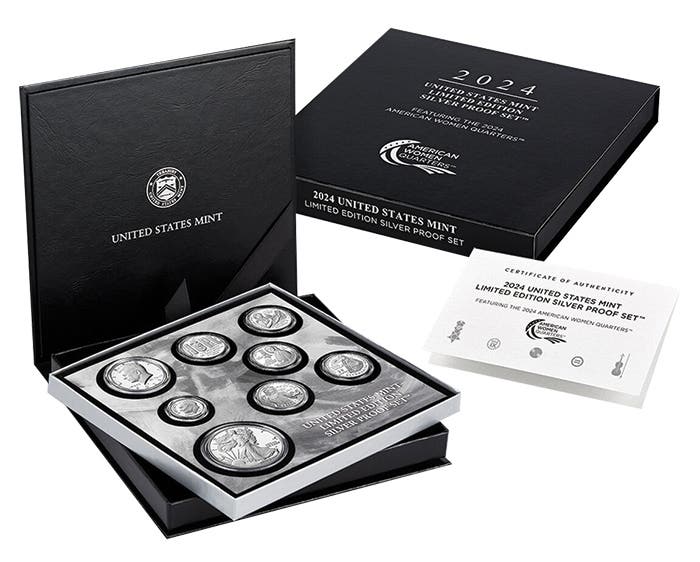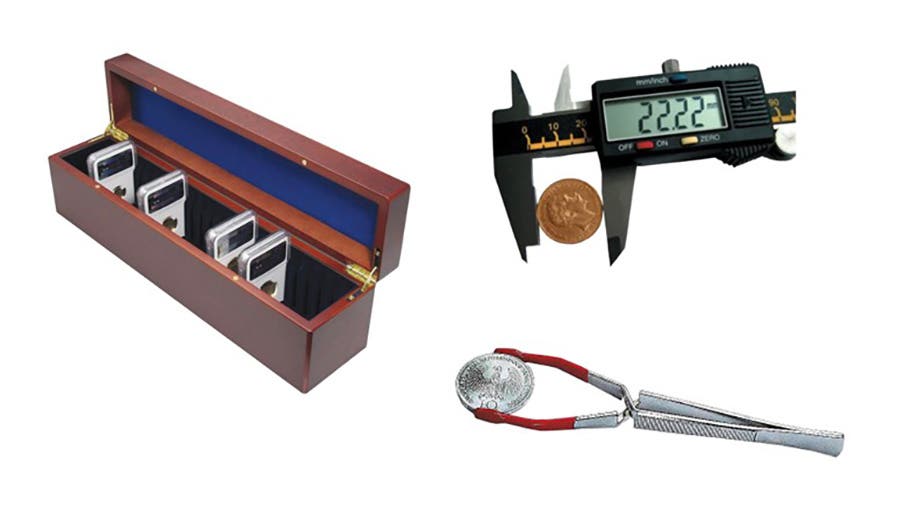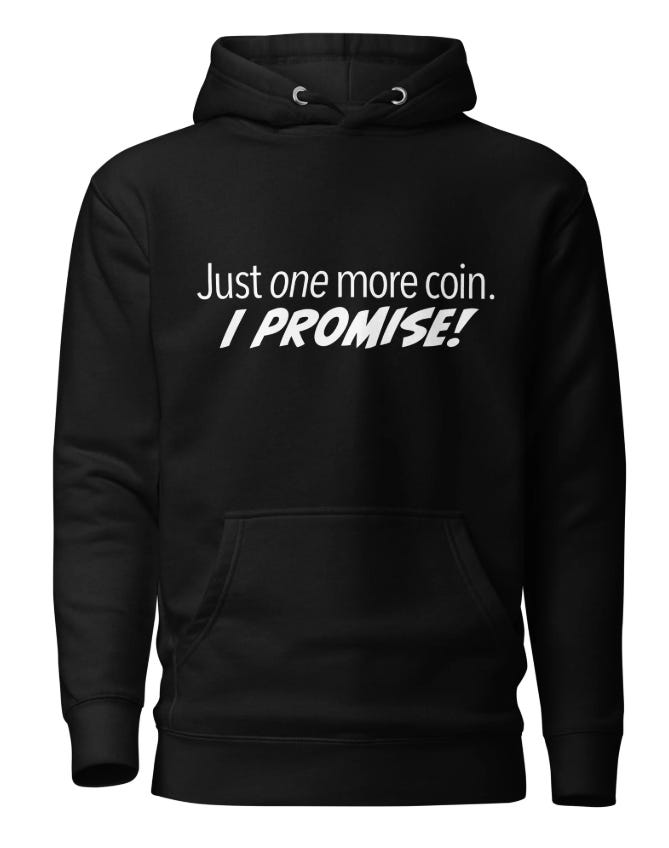Coin Clinic: Super Bowl Coin Toss Coins
Inside the history, design, and odds of Super Bowl coin toss medals.
Which coin is used in the coin toss to decide who gets the ball first during the Super Bowl?
A specially made coin (technically a medal) is made exclusively for the National Football League by the Highland Mint in Melbourne, Fla. This is a limited-edition issue of 10,000 individually numbered pieces, number one being the coin used for the actual coin flip. Numbers one to 100 become the property of the NFL, with the mint selling the additional pieces to the public.
Has a special medal or coin been used at each of the Super Bowl games, or has a real coin been used in the past?
A specially made commemorative medal has been produced for the coin flip at each of the 58 past Super Bowl events. The Highland Mint has minted the slip coin since before the Jan. 30, 1994, Super Bowl 28.
What metal are the Super Bowl “coins” made of?
Super Bowl commemorative medals or coins are composed of a copper, silver, and gold composite. Copper is the base metal. Each piece is silver-plated with flash plating in 24-karat gold. Each piece is encapsulated in an acrylic capsule and is sold in a custom booklet case.
Has the heads or tails side come up more times at the Super Bowl coin flips in the past?
The so-called tails side has come up 30 times, the heads side being the winner 28 times. The pieces minted by the Highland Mint have a past record of 18 times as tails and 13 times as heads. The random variable X equals plus or minus one or N=4x(1/2)=2 or about a 50-50 chance of heads versus tails is the likely outcome.
Have studies ever been done to determine if the results of a coin flip will be a 50-50 chance for each side of the coin?
There have been numerous studies regarding if a random coin flip will result in heads or tails more often or not. The most recent of which I am aware of took place in 2023 when University of Amsterdam PhD candidate František Bartoš had 47 volunteers from six countries flip a coin 350,757 times in a 12-hour marathon. The coin landed on heads 50.8 percent of the time. I don’t know what coin was used. The results appear at arxiv.org/abs/2310.04153.
Could the relief on a coin make a difference as to which side might be favored in a coin toss?
I am unaware of any study that has proven or denied this. However, while our modern circulating coins are of relatively low profile, not all coins were produced with the convenience of stacking them being a priority. It is possible one side of some coins might be weighted enough to change the odds of the results of a coin flip.
Related:

